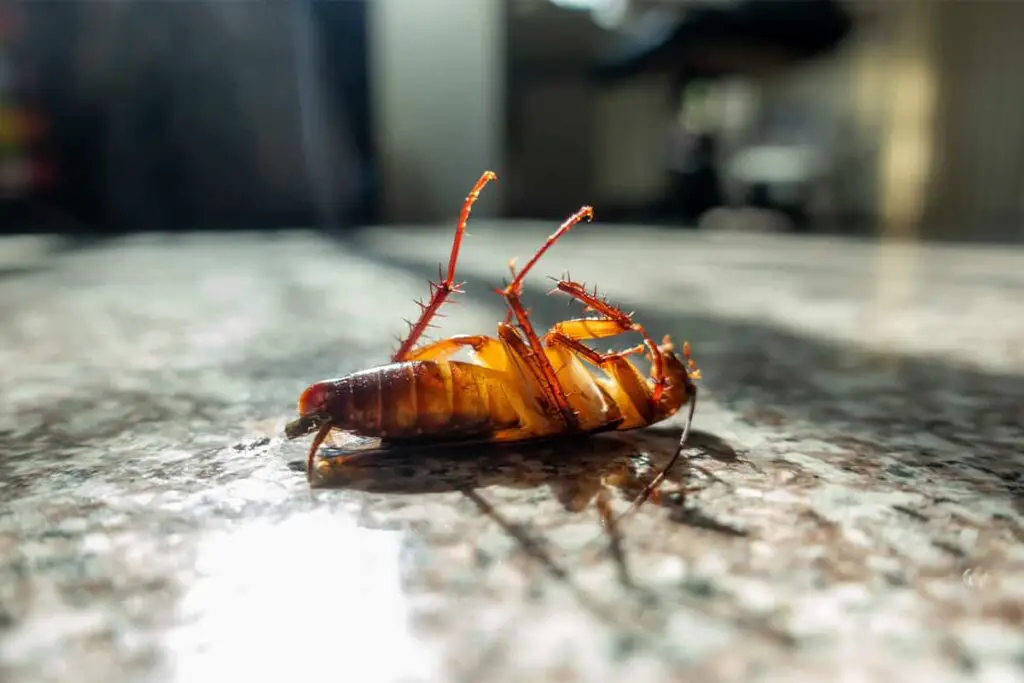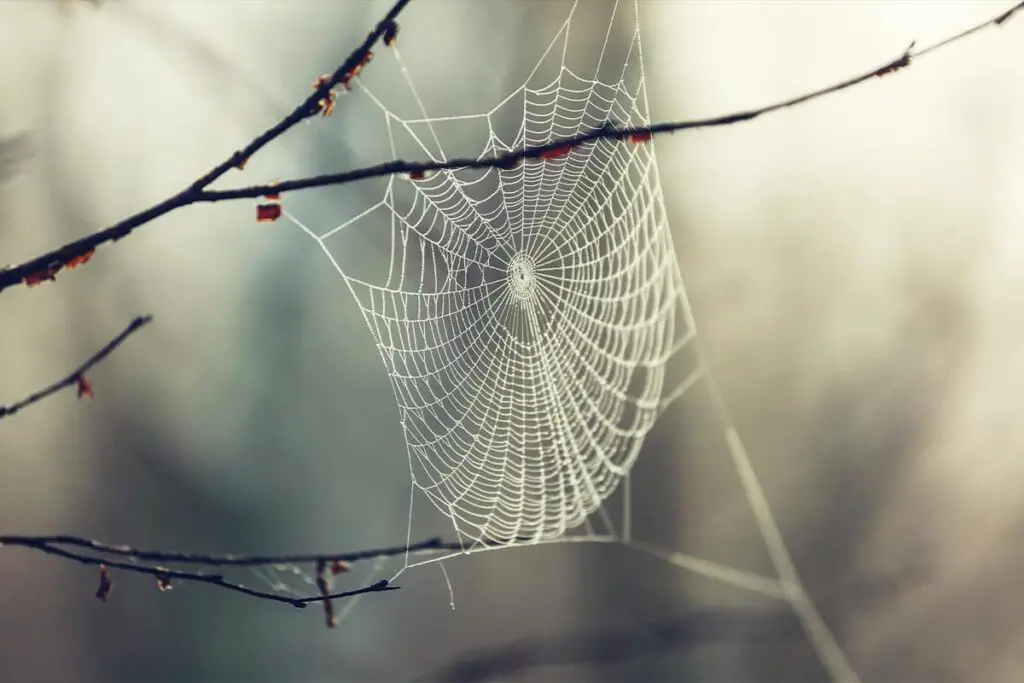When you notice dust bunnies hiding under your furniture or a fine layer of dust coating your shelves, you might wonder if these pesky particles are actually alluring to household pests. A clean, dust-free environment doesn’t only contribute to the fresh air quality in your home; it can also play a role in deterring bugs. Dust, particularly in corners and rarely disturbed areas, creates a welcoming environment for pests like dust mites, which feed on the millions of skin cells humans shed daily.
Maintenance of a dust-free home is challenging but understanding what attracts pests can empower you to take proactive measures. Common household bugs, including some species of ants and cockroaches, are attracted to the tiny particles that comprise dust because they often include food remnants, fibers, and dead skin—essentially the perfect bug buffet.
Regular cleaning and decluttering can greatly reduce the likelihood of bugs settling in. Reducing dust means you’re not only keeping your living space tidy, but you’re also mitigating the potential for an unwelcome infestation. Establishing a routine to keep dust at bay could be a simple yet effective strategy to ensure those tiny pests look elsewhere for their new home.
The Link Between Dust and Bug Infestations
Dust accumulation in your home not only detracts from cleanliness but also serves as an unintended invitation to various pests. Understanding the connection between dust and bug infestations is key in keeping your home pest-free.
How Dust Provides a Habitat for Bugs
Dust is composed of many particles, including human skin cells, pet dander, and fibers, which are food sources for certain bugs. In environments with an abundance of dust, dust mites thrive as they feed on these organic particles. Dust doesn’t only offer sustenance but also provides a hospitable environment for bugs to hide and reproduce, effectively increasing the infestation risk in your home.
Types of Bugs Attracted to Dusty Environments
Bugs vary in their preference for dusty environments, but common household pests like dust mites are almost inevitable in dusty spaces. These creatures are known for exacerbating allergies and are a nuisance once they establish a presence. Bugs such as:
- Cockroaches
- Silverfish
- Spiders
are also attracted to cluttered and dusty areas, as they can easily find hiding spots and food within them. To keep these bugs at bay, maintaining a clean environment is crucial. Regular dusting and vacuuming can help reduce the population of these pests and the likelihood of an infestation. For more detailed guidance on the behavior of dust mites and measures to mitigate their presence, you can refer to how dust can lead to household pests.
Dust Management and Pest Control
Effective dust management is crucial for keeping your home free of unwanted pests. Here’s how you can take control of both dust and those pesky intruders.
Preventive Measures Against Dust Accumulation
To proactively combat dust and the pests it can bring, maintaining a routine cleaning schedule is essential. Pay special attention to:
- Sealing cracks and crevices to minimize dust collection and bug entry points.
- Regularly replacing air filters to reduce airborne dust particles.
- Using doormats and encouraging a shoes-off policy to limit dust and dirt from outside.
Regular efforts in these areas can substantially decrease the likelihood of pests taking up residence in your home due to dust accumulation.
Cleaning Strategies to Deter Bugs
A clean environment is your best line of defense when it comes to pests. Consider the following approaches for effective cleaning:
- Weekly vacuuming of carpets, rugs, and upholstery to eliminate dust mites and their primary food source.
- Damp dusting surfaces to avoid scattering dust particles into the air, which can attract insects.
- Ensuring all food spillages are cleaned immediately to prevent attracting bugs looking for a quick snack.
Professional Pest Control and Dust Reduction
If you’re dealing with a persistent pest problem, professional pest control solutions can target both insects and the dusty environments they thrive in. Professionals might employ:
- Dust insecticides, which often have a long residual life and excellent surface coverage.
- Strategies for using desiccating dusts like diatomaceous earth or silica gel, which absorb the fats and oils from the exoskeletons of bugs, leading to dehydration.
By combining these expert services with your cleaning routine, you can greatly diminish any pest-friendly conditions in your home.
Understanding the Nature of Dust
To grasp how dust might attract bugs, you must first understand what dust is composed of and where it comes from within your home.
Composition of Household Dust
Dust in your home is made up of a variety of particles, each playing a role in the cleanliness of your living space. Notably, human skin cells and hair contribute significantly; astonishingly, 500 million skin cells are shed daily by an average human. These components, alongside fibers from fabrics, paint particles, and traces of soil, form the complex mixture we call dust.
Sources of Dust in the Home
Dust finds its way into your home through several avenues. Windows and doors act as gateways for outdoor dust, which comprises pollen, microscopic organisms, and particulates from vehicles. Meanwhile, activities inside your home such as cooking, cleaning, and even moving around can stir up and introduce new dust particles to your environment. Everyday living ensures that dust production is a constant process.
Health Risks Associated with Dust and Bugs
When you think of household dust, you might not consider the potential health risks it poses. Yet, dust and the bugs attracted by it can significantly impact your health, primarily through allergens and infestations.
Allergens in Dust and Bug Waste
Household dust harbors numerous allergens, including pet dander, mold spores, pollen, and bug waste, notably dust mite droppings. These allergens can trigger allergic reactions such as sneezing, itchy eyes, and even asthma. Particularly, a dust mite allergy can manifest as hay fever-like symptoms, and in individuals with asthma, it can lead to more severe respiratory issues.
The Impact of Infestations on Human Health
Pest infestations, often a result of unaddressed dust accumulation, carry their own health risks. Pests like cockroaches, for example, can contaminate your home environment. Their shed skin and waste can lead to allergic reactions or exacerbate existing conditions. Additionally, pests such as rodents can be vectors for various diseases. Maintaining a clean home and reducing clutter can help minimize pest-related health concerns, as indicated by Dust Doctors. It’s important to take proactive steps to prevent infestations for the safety of your living environment.
Frequently Asked Questions
Dust in your home can create a welcoming environment for various insects. Understanding how to tackle dust-related pest issues can keep your living space comfortable and bug-free.
What kind of insects are commonly attracted to dusty environments?
Dust accumulations can lead to household pests like dust mites, which in turn attract spiders and other predatory insects. These creatures thrive in environments where their primary food sources, including smaller mites and insect debris, are ample.
How can one effectively eliminate dust mites from their home?
To eliminate dust mites, focus on maintaining low humidity levels and cleanliness. Frequently wash bedding, vacuum carpets, and use dust-mite-proof covers on mattresses and pillows to minimize their presence.
Are dust mite bites a concern for humans, and how would one recognize them?
Dust mites do not actually bite humans; rather, they can cause allergic reactions due to their droppings and decomposed bodies. Symptoms may include itchy skin, sneezing, runny nose, and exacerbated asthma, among others.
What are the best practices for preventing bug infestations in dusty areas?
Preventing bug infestations requires regular cleaning such as dusting surfaces, vacuuming, and decluttering to remove hiding spots. Sealing cracks and gaps and using appropriate repellents can also help keep bugs at bay.
Can a high level of cleanliness in a house deter bugs and pests?
Maintaining a high level of cleanliness can certainly deter bugs and pests from setting up residence in your home, as it eliminates sources of food and nesting areas that many pests seek out.
Do cockroaches have a preference for dusty and unkempt areas?
Cockroaches do show a preference for dirty and disorganized spaces, as these areas provide ample opportunities for food and shelter. They are especially drawn to environments with food waste and poor sanitation.
Driven by a passion for those tiny creatures that rule our world, we at Bug Domain strive to be your go-to resource for information on insects.



